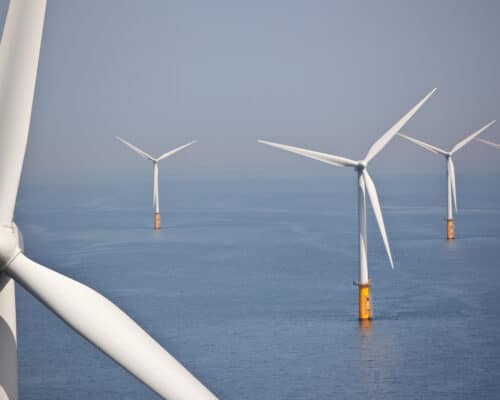Burning Plastic: a Real Waste-to-Energy Solution or a Greenwashing Tool?
17 May 2022 – by Viktor Tachev Comments (0)
Burning plastic to produce energy is becoming a widespread practice among some of the world’s top companies. While this is presented as a positive move, it takes a toll on the environment and our health by releasing toxic gases. At the same time, it fails to address the problem of waste plastic production effectively.
The Global Plastic Waste Crisis and How Countries Deal With It
Dealing with the plastic pollution crisis is anything but easy. Plastic production will double in the next 20 years. And experts estimate that plastic garbage flowing into the oceans will triple by 2040. Yet, plastic recycling rates remain low. They are the highest in the EU (30%), while the figure stands at 9% in the US. In the developing world, the recycling rates are near zero.
Asia is among the most affected continents due to the growing use of plastic packaging. Four of the world’s largest users of plastic packaging are responsible for half a million tonnes of plastic pollution annually. All this waste is burnt or dumped each year in six developing countries, including China, India and the Philippines.
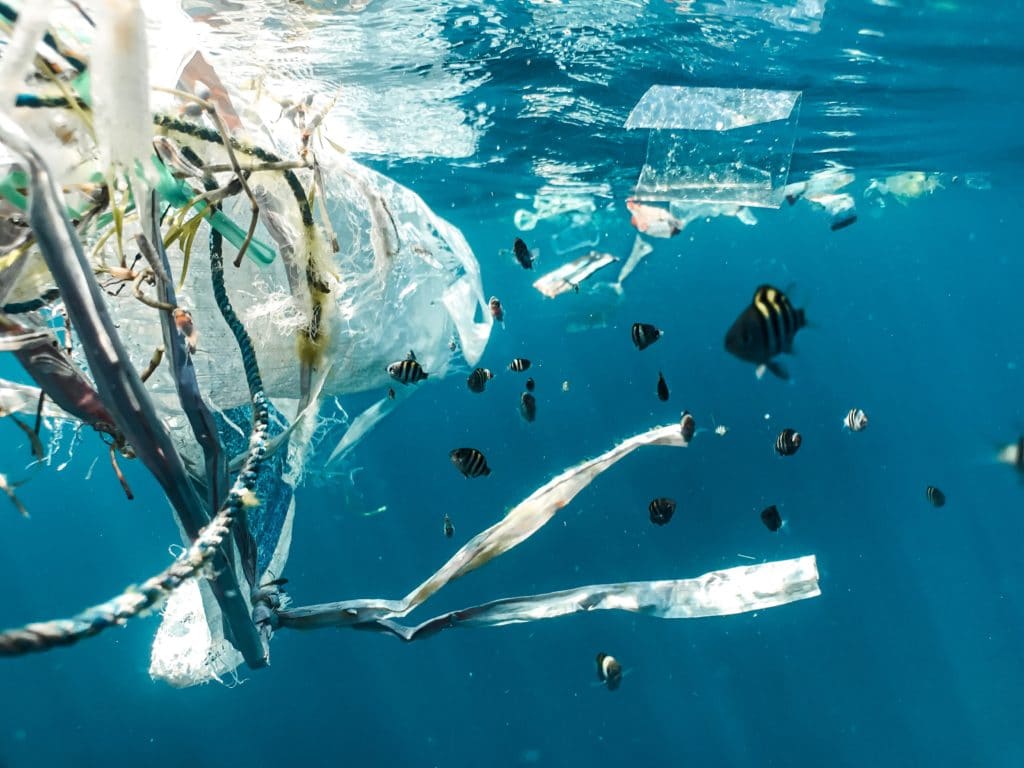
How Countries and Companies Deal With Plastic Waste
Companies and countries currently approach the plastic problem by either exporting plastic waste to other countries where, in most cases, it is dumped in landfills or burned to create energy. The latter practice is growing in popularity. The reasoning is that it mitigates the impact of the global plastic problem and generates power simultaneously.
On a macro level, the EU and the US already burn around 42% and 12% of their waste, respectively. The waste-to-energy sector will grow massively in the coming years, especially in the Asia-Pacific region. China already has over 300 waste-to-energy plants, with hundreds more in the pipeline.
Waste-Burning Plants in Asia
Waste-burning plants also exist in the Philippines, India and other Asian countries. Thanks to the partnership between consumer product giants like Unilever PLC, and cement companies, Indonesia now hosts a waste-burning plant. It aims to help Unilever eliminate its plastic and help cement producers move away from fossil fuels. According to Reuters, other companies involved in similar collaborations include Coca-Cola, Nestle, Colgate-Palmolive, Holcim Group, etc.
Some of the biggest petrochemical and consumer goods companies, including Exxon, Dow, Total, Shell, Chevron Phillips, BASF, Pepsico and Procter and Gamble, joined the Alliance to End Plastic Waste. They committed to spending USD 1.5 billion over five years on the problem and its solutions, one of which is converting plastics into fuel or energy.
While burning plastics might make sense considering that over 99% of it comes from fossil fuels, in reality, it creates more problems than it solves.
The Effects of Burning Plastic Waste – What Happens When Plastic is Burned?
Companies involved in waste-burning activities often decline to comment on their health and environmental impacts. However, the implications are well documented.
Burning Plastic Effects on the Environment
Research shows that the metals and organic compounds from the landfilled ash of waste-to-energy plants can contaminate the soil and the groundwater. Some of the emitted substances from waste incineration do not break down. Instead, they build up in people and wildlife, which can be harmful to their health.
In 2016, waste incinerators in the US released the equivalent of 11 million tons of CO2. Half of it came from plastics. Currently, incinerators emit 68% more greenhouse gases per unit of energy than coal plants.
Furthermore, according to the European Commission, while plastic emits less CO2 than coal, its emissions surpass those of natural gas. And they are quite significant, as discussed previously by Energy Tracker Asia.
Such activities also indirectly impact the environment since they risk undercutting global efforts to boost recycling rates and slash the production of single-use plastics.
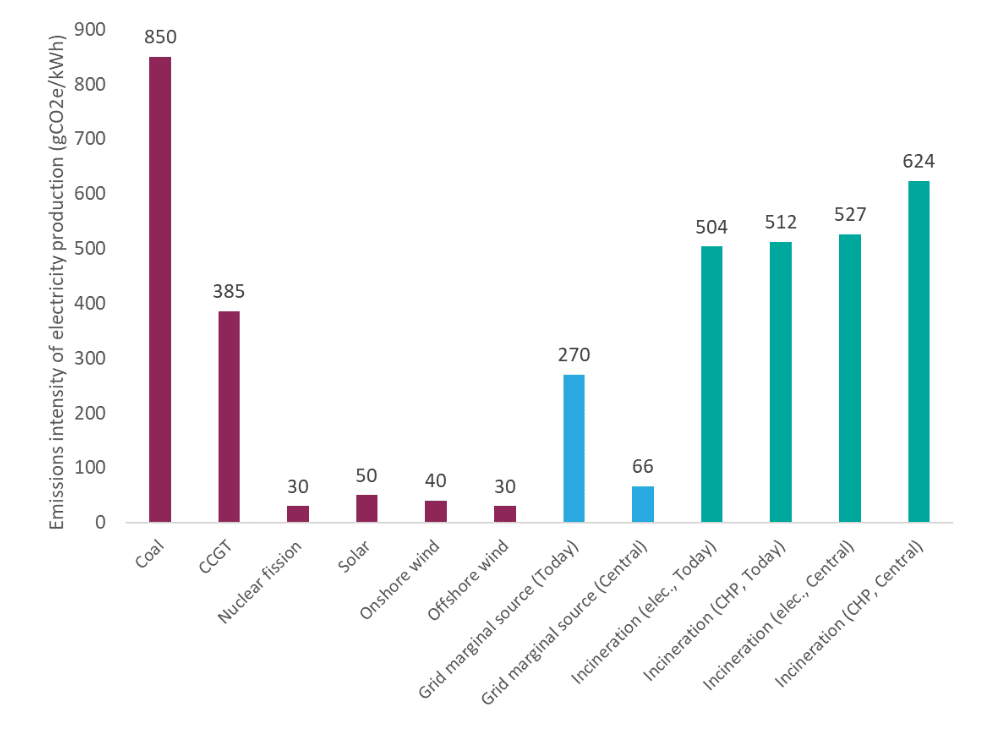
On Health
Reports find that up to a million people die annually in developing countries due to mismanaged plastic and waste diseases. If not managed carefully, waste-to-energy plants can emit low levels of toxins like dioxins, furans and heavy metals. According to the Natural Resources Defense Council, waste incineration can create and release air pollutants (particulate matter that causes lung and heart diseases), heavy metals (lead and mercury, causing neurological diseases) and toxic chemicals (PFAS and dioxins, causing cancer and other health problems).

There is an argument that this can be a significant problem across developing countries and jurisdictions that lack environmental laws or strict enforcement of emission controls. As a result, toxic fumes from such plants will most likely affect regions with poorer communities, similar to the “Cancer Alley” case in Louisiana in the US.
Such cases are documented even in developed countries in the heart of Europe. In 2014, a cement plant in Austria burning industrial waste released a highly toxic substance that affects the liver, thyroid and nervous system and was a suspected human carcinogen.
At the same time, the waste burning industry brands the activity “safe” and calls the fears of dangerous emissions “overblown”.
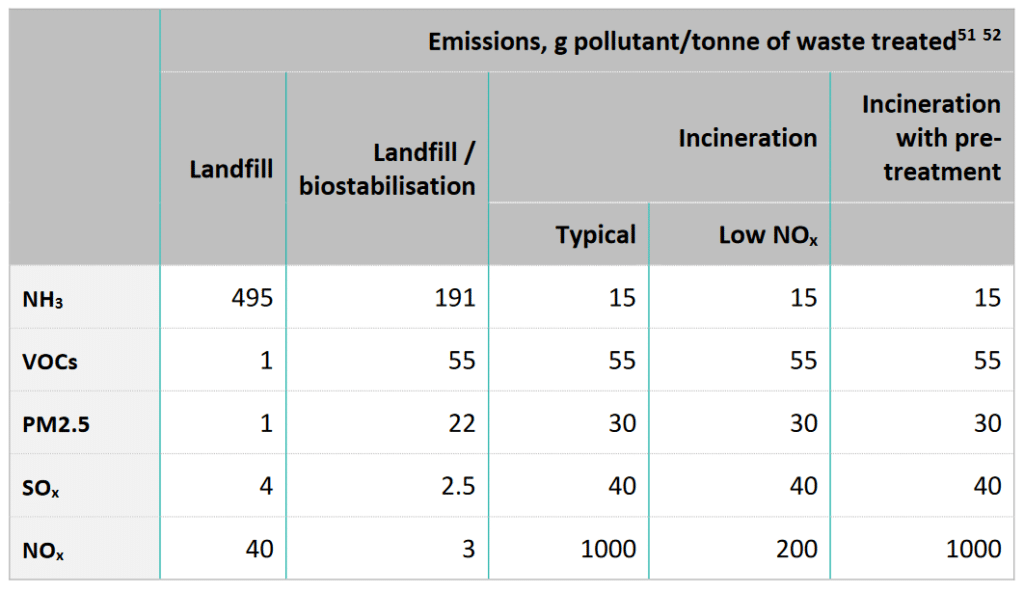
Burning Plastic as a Greenwashing Tool
The idea of waste-to-energy plants isn’t even sound from a financial perspective. These projects are expensive to build and operate. Furthermore, they aren’t even as efficient as recycling plastic waste. According to studies, recycling consumes less energy and puts a lower burden on the environment than incineration, even when the energy recovered from waste materials is taken into account.
So, why bother doing it? The answer is that it is a relatively easy process, as cement companies are “hungry for fuel“. Furthermore, it can help consumer goods companies brush away accusations of a lack of commitment to solving the plastic problem. Reports reveal that consumer goods giants are turning to cement firms for help. Another reason is to minimise the societal problem of plastic waste. Environmentalists see the process of burning plastic trash as a quick fix that helps them continue producing single-use plastics and delaying the redesign of packaging.
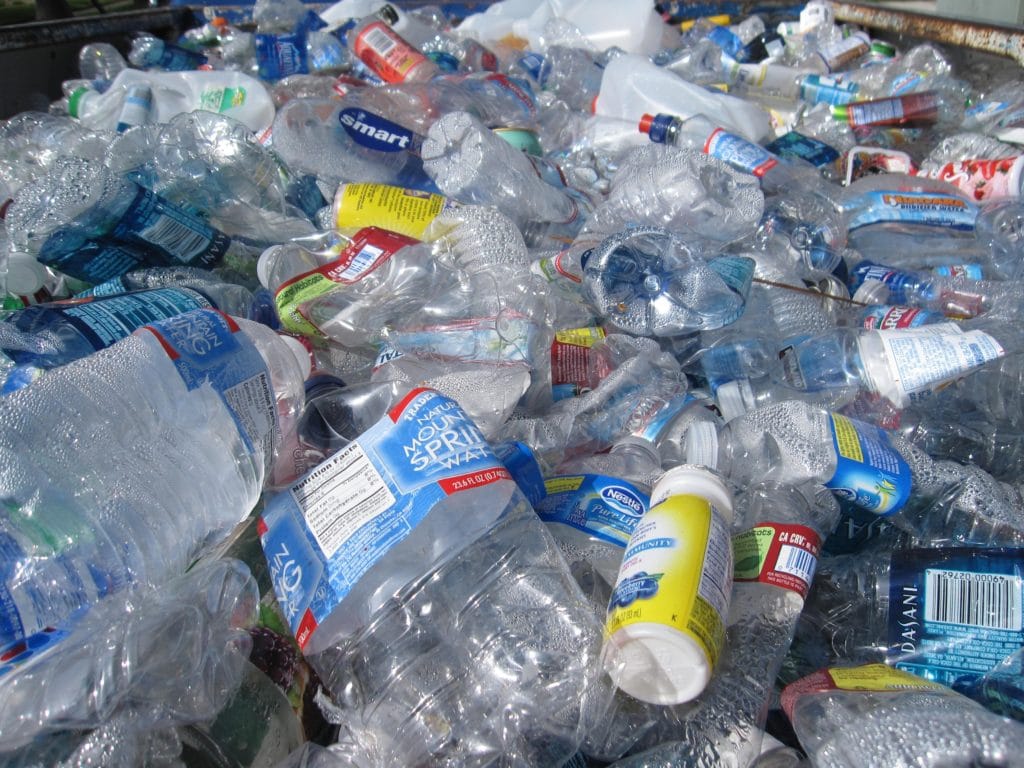
The Global Alliance for Incineration Alternatives accuses incinerators of relying on renewable energy credits, subsidies and externalised costs, despite being a significant contributor to climate change.
Company officials use all types of excuses to justify the practice – from painting waste-burning activities in cement kilns as the solution to solve all the world’s plastic to portraying them as “climate neutral” or even as a way to fight global warming.
Yet, according to the U.S. Environmental Protection Agency, there is no significant climate benefit from substituting plastic for coal. What’s more, incineration can’t be considered a “green” or low-carbon source of electricity, while burning plastic to create energy is said to make net-zero impossible.
Addressing the Problem of Burning Plastic Waste
Burning plastic waste to create energy serves as another curtain for companies to hide behind in order to continue their business as usual. But, burning a problem away can’t resolve it.
Solutions must focus on producing less plastic and using proven recycling methods, not finding new ways to incinerate waste. The end goal should be to move towards a circular and sustainable economy that doesn’t pollute, stimulate toxic chemical emissions or tolerate fossil fuels.
For more information on how you can ask Unilever to quit using single-use plastics and discontinue their support for incinerating plastic waste, you can find out more here: Unilever Quit Sachets.
by Viktor Tachev
Viktor has years of experience in financial markets and energy finance, working as a marketing consultant and content creator for leading institutions, NGOs, and tech startups. He is a regular contributor to knowledge hubs and magazines, tackling the latest trends in sustainability and green energy.
Read more